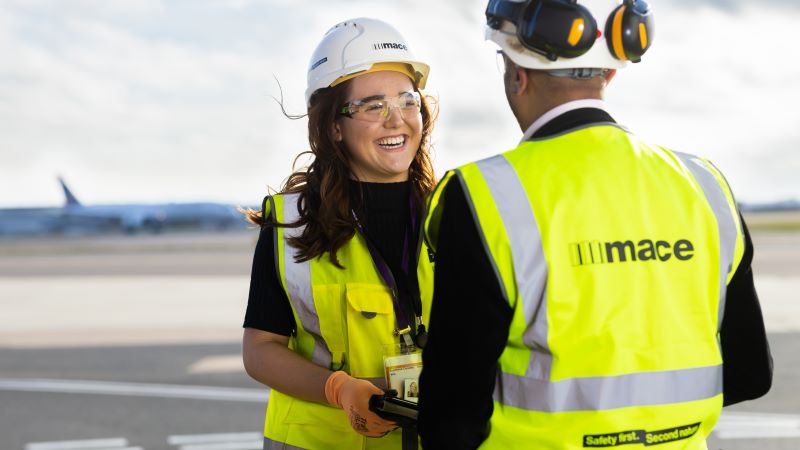The student population is changing – are your estates ready?
How can you ensure that your university is ‘future-proofed?’ For the first time, we’re seeing Generation Z pack their bags and make their way to university. With a generational shift in the student cohort, the yet to be determined impacts of Brexit and continuing uncertainty over tuition fees, challenging times lay ahead for UK universities.
With the expectations and composition of the student body changing, universities’ estates need to change too. The link between investment in the built environment and an improved student experience is well known, so appealing to a new generation of students requires careful planning. Without thoughtful and considered estates investment it will become increasingly challenging to make a university stand out in a crowded and competitive field.
The next generation
In the last few years, universities have started to welcome Generation Z. For the first time, universities will be teaching students for whom social media, mobile technology and the internet have always ‘just existed’. Expectations around technology on campus will be high and outdated buildings and technology are likely to be an immediate turnoff.
As a result, universities need to ensure they have learning and teaching spaces that can support a technologically savvy, flexible, student body, integrating technology where possible and investing in emerging tools. Future proofing is as much about the creation of a ‘canvas’, rather than increasing capital costs by trying to second-guess where technologies may move to. Flexible spaces that are conducive to technology use – both existing and new learning equipment that hasn’t yet made it to the market – will make sure universities are getting the most out of their estates.,
A diverse future
It’s not just a generational shift in the student body – in the UK universities are also beginning to see an increase in the diversity of their new cohorts. London universities are predicted to see a period of ‘hyper-diversity’ by 2030 with three in four students coming from ethnic minorities. With media focus on universities with poor diversity intakes and the possibility of diversity incentives, institutions across the country will be reviewing their appeal to understand how they can stay competitive.
In order to ensure that they don’t fall behind, universities should ensure that their development proposals will create inclusive spaces in which students from a range of backgrounds can feel at home. That means understanding your target audience and their needs. Does your new building include specific worship spaces or areas for specific community groups? Are you commissioning research and artwork from a broad range of authors and creators?
A focus on sustainability
Any changes to the built environment must also take into account sustainability measures. It’s undeniable that sustainable initiatives, to reduce energy, water and resource use, save money over the lifecycle of the building. This is an important consideration for owner occupiers as most higher education institutes are. Creating or adapting buildings and facilities to take advantage of the myriad of sustainability options available can not only significantly reduce ongoing running costs, but become a significant attractor, in and of themselves.
While making a difference to the bottom line these measures can also draw the attention of prospective students - with younger generations more focused than ever on minimising negative impacts on the environment. Regardless of it just being the right thing to do, with the sustainability agenda now very much front and centre, a university can reduce costs, create efficiencies and appeal to incoming students.
Any additions or improvements to estates should be designed with this in mind. Universities need to be cognisant of the role estates play in the student experience. Partnering with experts to get the most out of their estates can ensure universities stand out in a densely populated market to attract new students, retain current ones and lead the industry in creating inclusive and forward-thinking environments.














